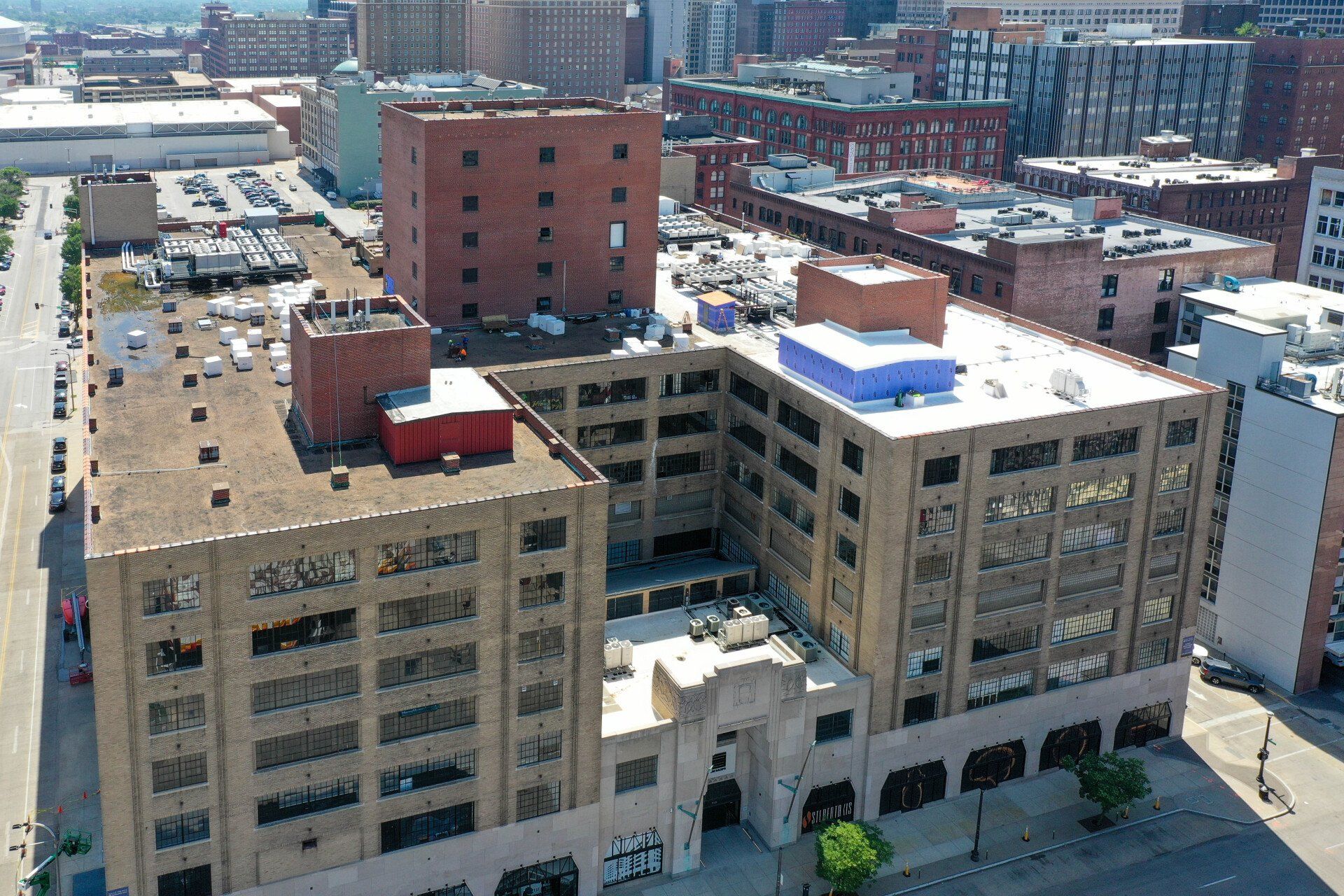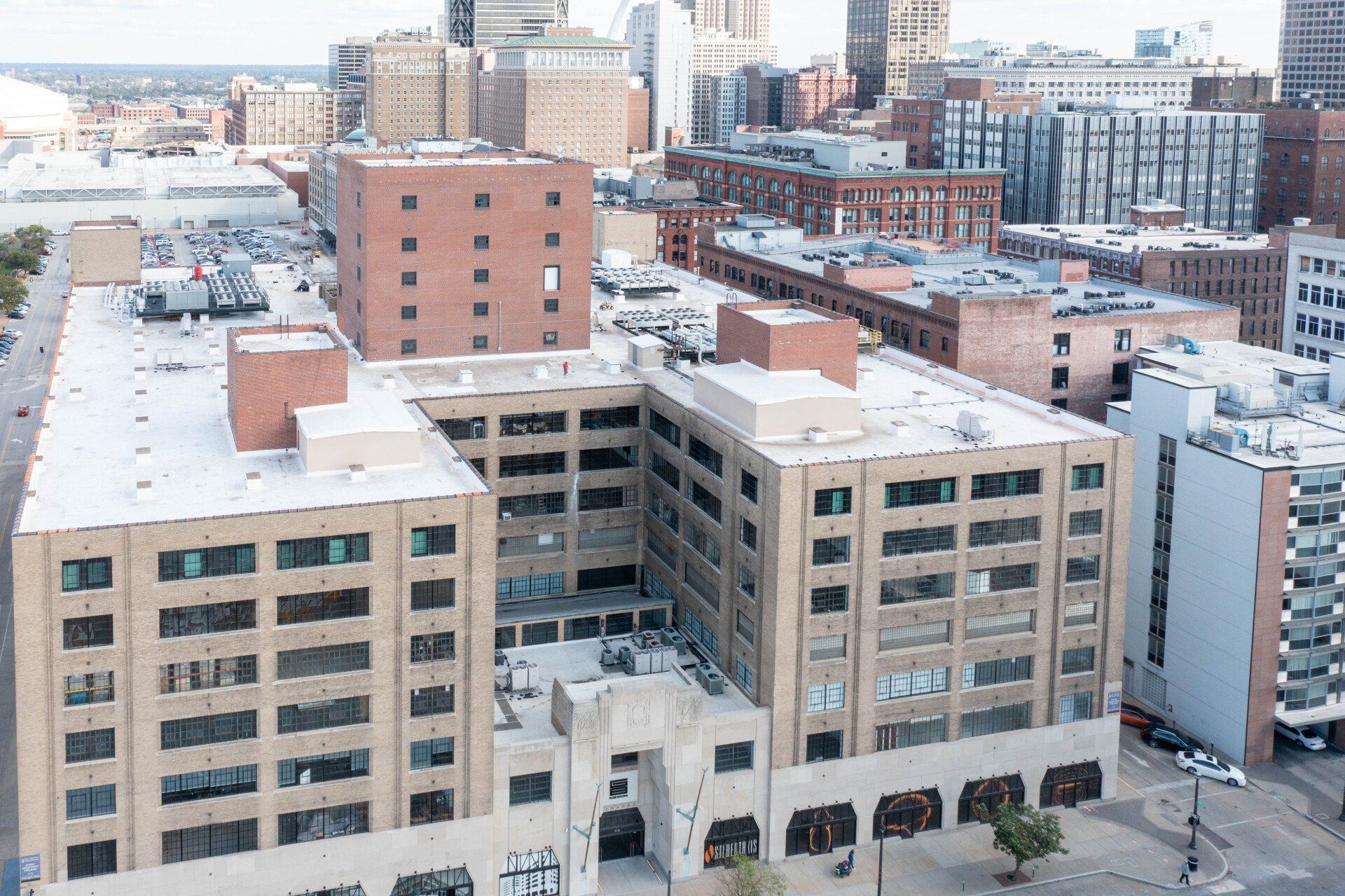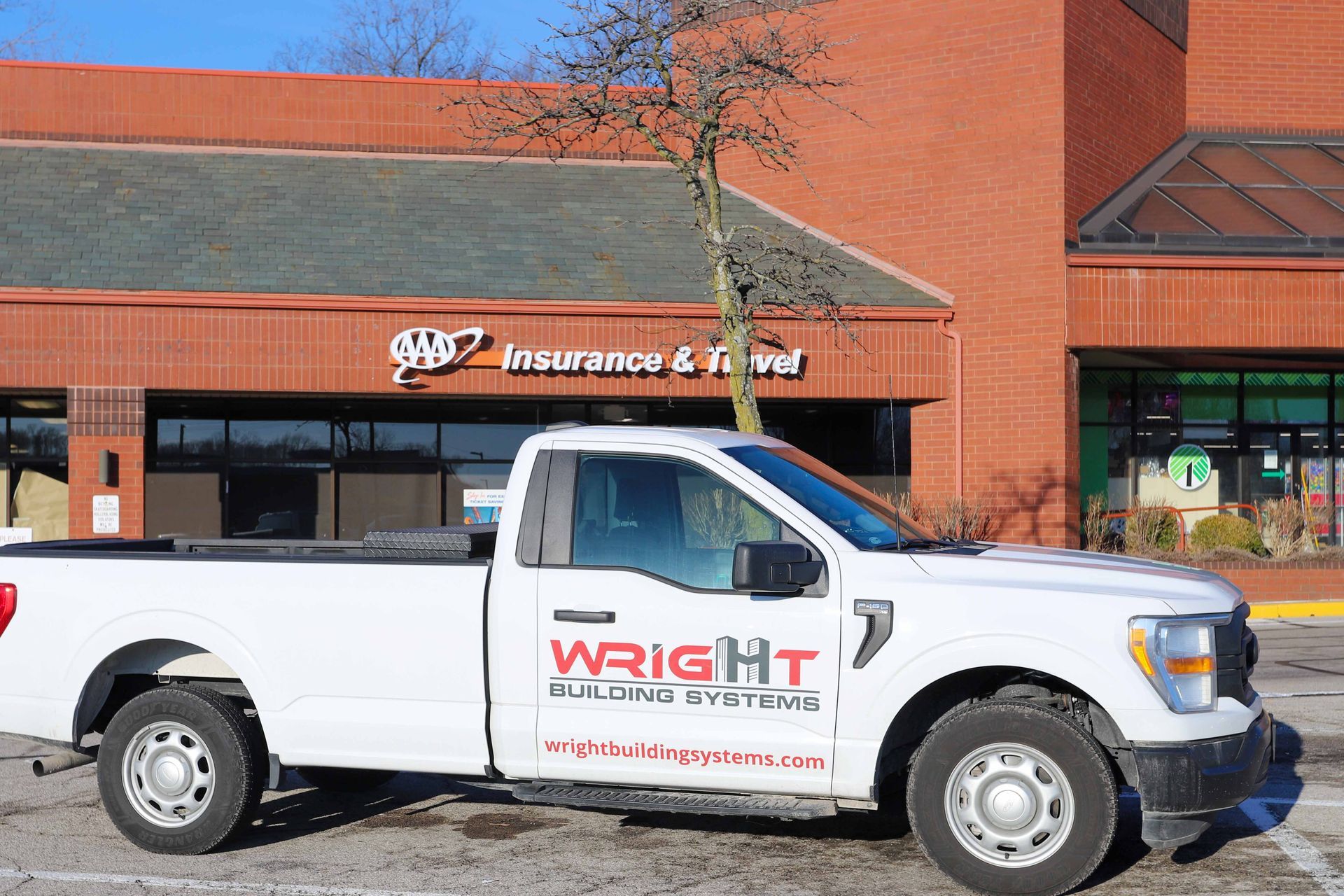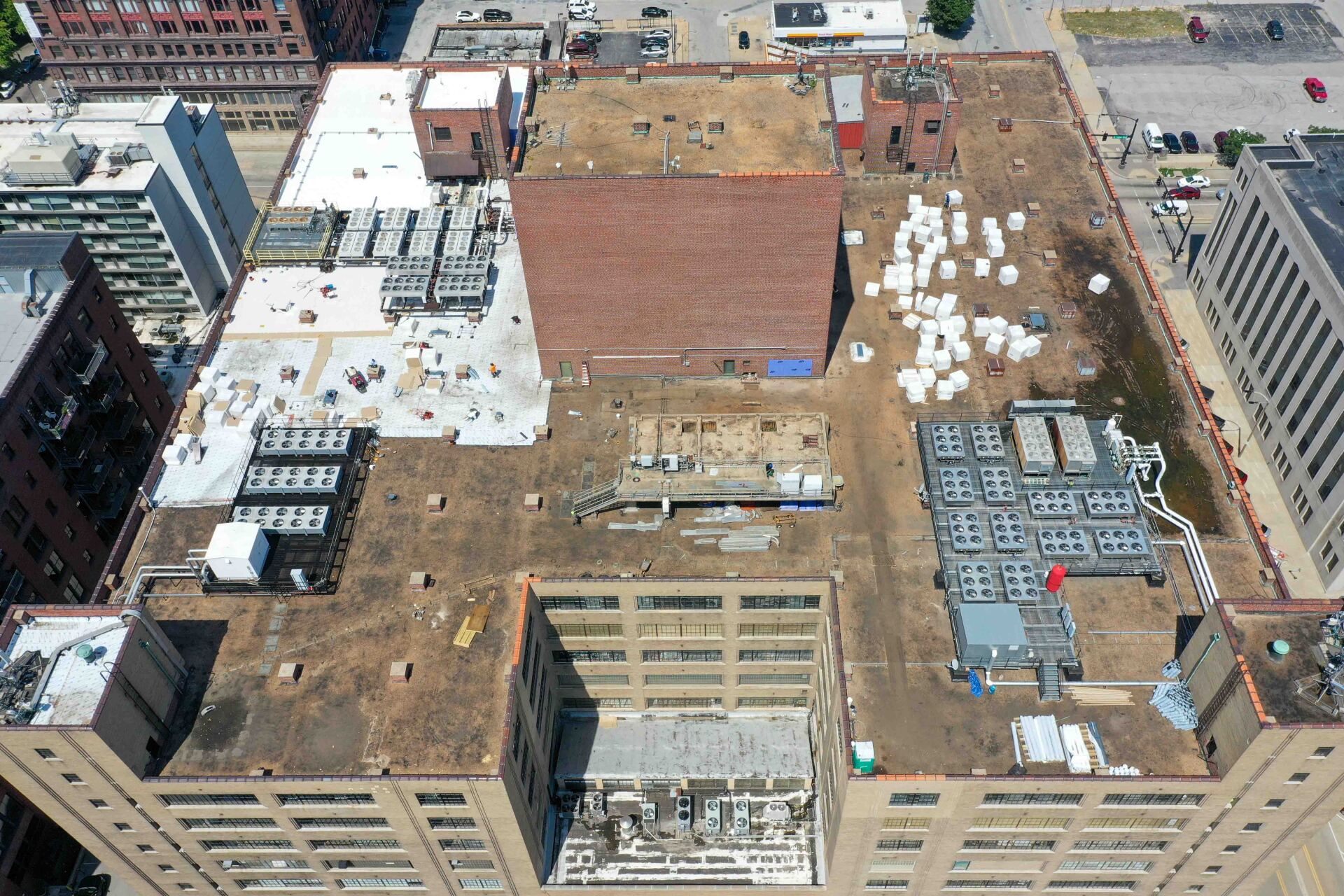Commercial Roofing Project Tips
While unseen to the average patron, a commercial building's roof is a critical and complex infrastructure that must be tended to regularly. Precision, planning, and attention to detail are paramount for city commercial roofing projects. Whether you're working on a contemporary skyscraper or a historic landmark, the challenges and requirements can vary significantly.
This blog explores some valuable tips to ensure the success of your next commercial roofing project.
Thorough Assessment and Planning
Before embarking on any roofing project, a comprehensive assessment of the roof's current condition is crucial. Identify structural issues, drainage problems, and insulation needs to form the foundation of your project plan. A detailed plan that outlines the scope of work, timeline, budget, and required resources is essential for streamlining operations and minimizing disruptions.
Choose the Right Materials
Selecting the appropriate roofing materials is a critical decision that directly impacts the durability and longevity of the structure. Consider weather conditions, building design, and energy efficiency when selecting materials. In metropolitan areas, where pollution and urban environmental factors can pose additional challenges, opting for materials with enhanced resistance can prolong the roof's lifespan.
Compliance with Building Codes and Regulations
Navigating the maze of building codes, zoning regulations, and safety standards is non-negotiable for any commercial roofing project. Ensure your team obtains all necessary permits and approvals before commencing work to avoid delays and legal complications. Compliance safeguards your project and enhances your reputation as a responsible contractor.


Skilled Workforce
The success of any roofing project hinges on the expertise and proficiency of the workforce involved. When selecting roofing contractors, prioritize experience, skills, and qualifications, particularly for projects involving contemporary or historic buildings. Thoroughly vetting contractors based on their credentials, certifications, and track record of success is essential for achieving superior results.
Effective Communication
Clear and open communication is the cornerstone of successful roofing projects. Establishing transparent communication channels with clients, architects, engineers, subcontractors, and suppliers is essential for aligning expectations and ensuring smooth project execution. Regular updates on project progress, milestones, and potential issues or changes foster trust and collaboration among all stakeholders.
Safety Measures
Safety should always be a top priority on construction sites, especially during roofing projects, where workers face exposure to various hazards. Implementing rigorous safety protocols, providing comprehensive training, and adhering to OSHA guidelines are indispensable for safeguarding the well-being of workers. Regular safety inspections and promptly addressing hazards mitigate the risk of accidents and injuries.
Quality Assurance
Maintaining high standards of craftsmanship and performance is imperative for delivering exceptional roofing solutions. Implementing robust quality control measures throughout installation ensures that the finished product meets or exceeds client expectations. Regular inspections and diligent oversight help promptly identify and rectify defects or deficiencies, preventing costly rework or repairs.
Post-Installation Maintenance
The commitment to excellence continues after the completion of the roofing project. A proactive maintenance plan is essential for preserving the roof's integrity and maximizing its lifespan. Scheduled inspections, routine cleanings, and prompt repairs are instrumental in addressing potential issues early on and avoiding costly replacements.
Successful commercial roofing projects in metropolitan areas demand strategic planning, effective communication, skilled craftsmanship, and unwavering commitment to quality and safety. By adhering to these tips, construction companies can navigate the complexities of urban environments and deliver outstanding results that exceed client expectations.

Work With Wright Building Systems
Wright Building Services understands that a successful commercial construction project isn't just about bricks and mortar; it's about meticulous planning, proactive risk management, and a commitment to excellence. By addressing financial, design, scheduling, and compliance risks, our team ensures that we execute each project seamlessly, meeting client expectations and delivering outstanding results; get in touch today!



